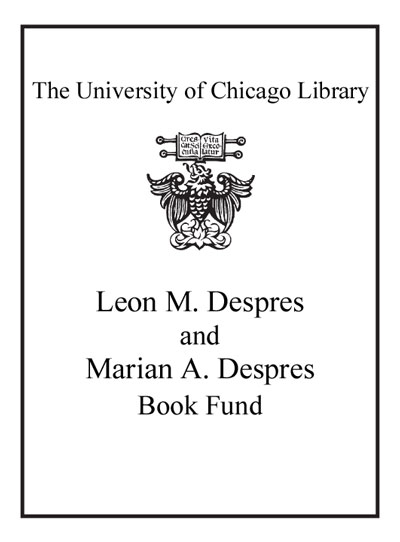Review by Choice Review
The Natural City is not a book about how to create sustainable, livable cities. Rather, it uses the metaphoric opposition of nature and city as a springboard for how to define and think about the question of what a natural city is--from abstract philosophy to concrete planning--and whether "urban" and "natural" are incommensurable concepts. The book's contributors, of course, believe that the concepts are not only commensurable, but also that commensurability is vital to sustainable human progress. Although not necessarily housing the best articles ever seen on the topic, the collection is excellent for two very simple reasons. First, the 18 essays are all very straightforward and easy to understand, with enough meat for academics as well as enough of the basics for general readers. The authors assume minimal prior knowledge. Second, all the essays are engaging and thought-provoking. Even though there is no dissent among the authors, the viewpoints are still diverse in scope and bring many arguments to the table. In these regards, this would be an ideal book for relevant courses such as ecology, urban planning, human geography, and/or fusions thereof. Summing Up: Highly recommended. Academic, general, and professional audiences, all levels. P. L. Kantor formerly, Southern Vermont College
Copyright American Library Association, used with permission.
Review by Choice Review

